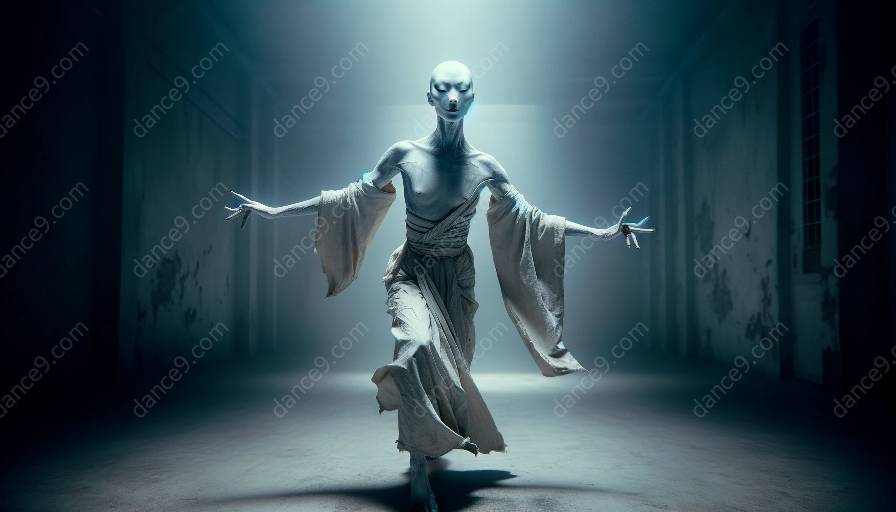Butoh, a dance form that originated in post-war Japan, and Surrealism, an artistic movement that emerged in the early 20th century, may seem unrelated at first glance. However, a closer look reveals a fascinating intersection where these two artistic expressions meet and influence each other, especially in the realm of dance. Exploring the connections and boundaries between Butoh and Surrealism provides a unique lens through which to understand the evolution of art and the human experience.
The Origin of Butoh and Surrealism
Butoh:
Emerging in Japan in the late 1950s, Butoh was a reaction to the devastation and trauma of World War II. It was a form of dance theater that rejected conventional beauty and grace, aiming to convey raw and primal human emotions. Butoh artists sought to explore the depths of human experience through the body, often using unconventional movements, slow pacing, and grotesque imagery.
Surrealism:
Surrealism, on the other hand, was an artistic and literary movement that began in the early 1920s, primarily in Europe. Led by figures such as André Breton and Salvador Dalí, Surrealism sought to unlock the creative potential of the unconscious mind. Surrealist art often featured dreamlike imagery, unexpected juxtapositions, and abstract representations of reality.
Artistic Convergence
Despite their geographical and historical disparities, Butoh and Surrealism share common ground in their unconventional approaches to expression and the exploration of the human psyche. Both movements seek to transcend conventional boundaries and norms, aiming to delve into the subconscious and evoke profound emotional responses.
One significant connection between Butoh and Surrealism is their focus on the body as a primary means of communication. In Butoh, the body becomes a vessel for expressing internal turmoil, existential angst, and the complexities of human existence. Similarly, Surrealist art often used the human form to convey subconscious desires, fears, and fantasies through distorted and symbolic representations.
Furthermore, both Butoh and Surrealism challenge traditional notions of beauty and aesthetics. Butoh performances often utilize unconventional costumes, makeup, and movements that defy classical dance standards. Similarly, Surrealist art aimed to disrupt and challenge the status quo, often through shocking and thought-provoking imagery that defied conventional artistic norms.
Butoh, Surrealism, and Dance Classes
The intersection of Butoh and Surrealism has significant implications for dance classes and the artistic exploration of movement. Integrating the principles of Surrealism into Butoh can infuse dance performances with an unprecedented depth of psychological and emotional resonance. It encourages dancers to explore the uncanny, the subconscious, and the surreal within their movements, transcending mere physicality to convey profound narratives and sensations.
When applied in dance classes, the fusion of Butoh and Surrealism can inspire students to break free from conventional dance techniques and engage in a more introspective and experimental approach to movement. By tapping into the rich symbolism and expressive potential of Surrealism while embracing the raw, unfiltered emotional power of Butoh, dancers can embark on a transformative journey of self-discovery and artistic exploration.
The Boundaries and Beyond
Exploring the artistic boundaries between Butoh and Surrealism unveils a world of uncharted creative territory. It invites artists, dancers, and enthusiasts to question traditional notions of art and expression, daring to venture into the unexplored realms of the mind, body, and soul. By delving into the convergence of these two influential movements, individuals can tap into new sources of inspiration, innovation, and self-expression, transcending the limitations of conventional artistic paradigms.
Butoh and Surrealism, when united through dance and artistic exploration, offer a gateway to unfathomable depths of human experience and emotion. Their convergence transcends mere artistic expression; it becomes a profound journey into the subconscious, the surreal, and the essence of what it means to be human.













































































